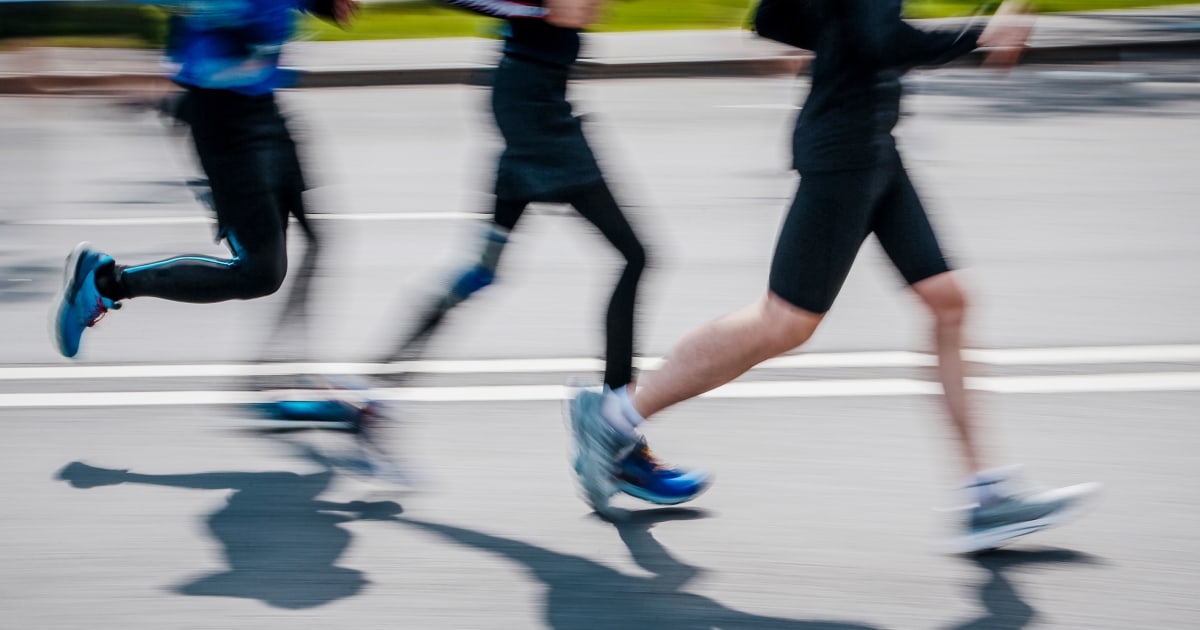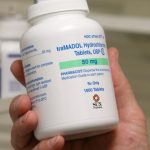New research suggests that brief, purposeful exercise sessions—termed “exercise snacks”—may be key to developing a regular fitness routine while also enhancing cardiovascular and muscular health. This study, published in BMJ Sports Medicine, highlights the potential benefits of short bursts of activity, such as walking or weight lifting, to overcome barriers like lack of time and motivation that often hinder people from exercising.
Statistics reveal a concerning trend in the United States: fewer than 50% of adults engage in enough aerobic exercise, and less than 25% meet the guidelines for both aerobic and muscle-strengthening activities.
Miguel Ángel Rodríguez, a doctoral student in clinical research at the University of Oviedo in Spain and the study’s lead author, noted, “When people are asked why they don’t exercise, the answers are almost always the same, no time and no motivation.”
Rodríguez’s team investigated how short exercise intervals spread throughout the day can impact overall fitness levels, specifically focusing on key factors such as cardiorespiratory fitness, muscle strength, blood pressure, and body composition in adults who are not regular exercisers. Their analysis included data from seven randomized clinical trials involving over 400 participants aged between 18 to 80, with around 70% being women.
Defining Exercise Snacks
An “exercise snack” was characterized as a vigorous physical activity lasting less than five minutes, performed at least twice daily on three days a week over a span of four to 12 weeks. Common activities included climbing stairs deliberately, which was particularly favored by adults under 65. In contrast, older individuals often engaged in strength-building exercises like tai chi.
The results indicated notable improvements in cardiovascular fitness among younger adults and enhanced muscle endurance for those aged 65 and over. Adherence to these short exercise routines was remarkably high, with about 91% of adults and 83% of seniors consistently participating.
Rodríguez emphasized the initial phase of adopting these small exercise habits, stating, “The biggest benefits happen at the very beginning, when someone goes from being inactive to a little bit active. That’s where exercise snacks can really help.”
Examining Limitations
Despite these encouraging findings, the study faced limitations due to varying methodologies across the seven trials and differences in exercise duration. These factors may have obscured some potential benefits. Notably, the study did not find improvements in cardiometabolic health markers, such as body composition and blood pressure, which previous research had linked to short bursts of exercise.
Carol Ewing Garber, director of the Applied Physiology Laboratory and EXerT Clinic at Columbia University Teachers College, commented, “It was surprising that they didn’t find any improvement in those other markers of cardiometabolic health because most other studies have.” Cardiorespiratory health, which assesses how efficiently the heart and lungs supply oxygen to muscles during exertion, is a significant predictor of heart disease and diabetes risk. This study, however, confirmed that short activity intervals positively influenced cardiorespiratory fitness.
Garber pointed out that even small, deliberate exercise would ease daily tasks, such as lifting groceries or making a bed. “Most of us could probably find these five-minute bouts of time in our day, to walk around the building we work in, or up and down the stairs. We just don’t think we can,” she noted.
Building a Foundation for Fitness
Dr. Tamanna Singh, director of the Sports Cardiology Center at Cleveland Clinic, reiterated the importance of starting an exercise snack routine. “If you do the same snack, for the same amount of time, at the same frequency, your body will get used to it. The body needs a challenge,” she explained. She believes that exercise snacks could serve as a launching point for more intensive exercise activities.
Singh emphasized that even minimal bouts of aerobic exercise stimulate cellular changes that enhance blood plasma volume, improving oxygen delivery to muscles and bolstering endurance. Additionally, consistent activity helps develop the network of capillaries that clear waste from muscles while also increasing cellular energy production, facilitating longer and more intense workouts.
“The main takeaway here is that anything is better than nothing, but that does not mean you should just get three minutes of exercise,” Singh cautioned. She hopes these exercise snacks will inspire individuals to progress toward more substantial forms of exercise, encouraging an active lifestyle.
In conclusion, the findings of this study offer a fresh perspective on integrating physical activity into daily life, suggesting that even small, purposeful actions can lead to significant health benefits over time.






